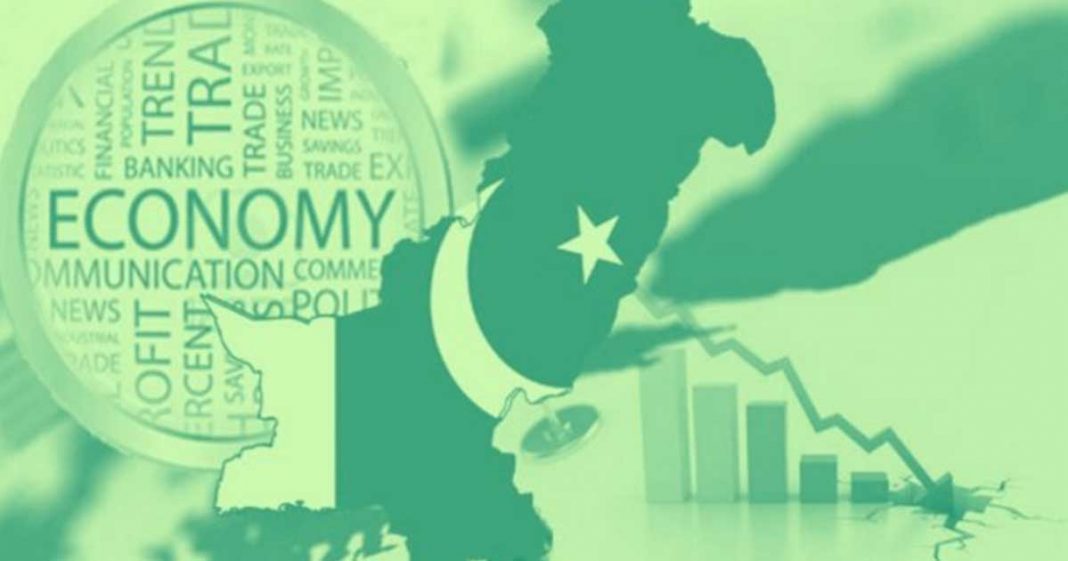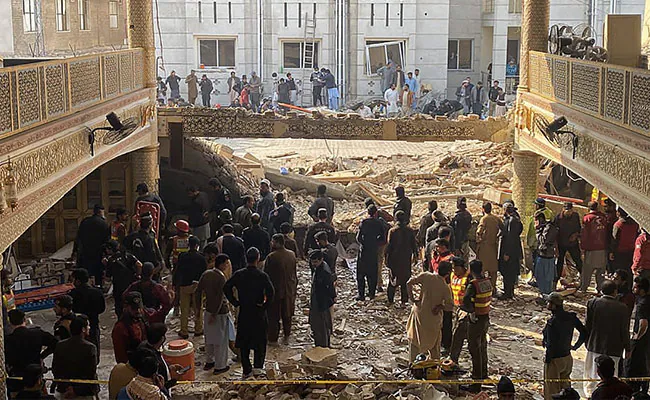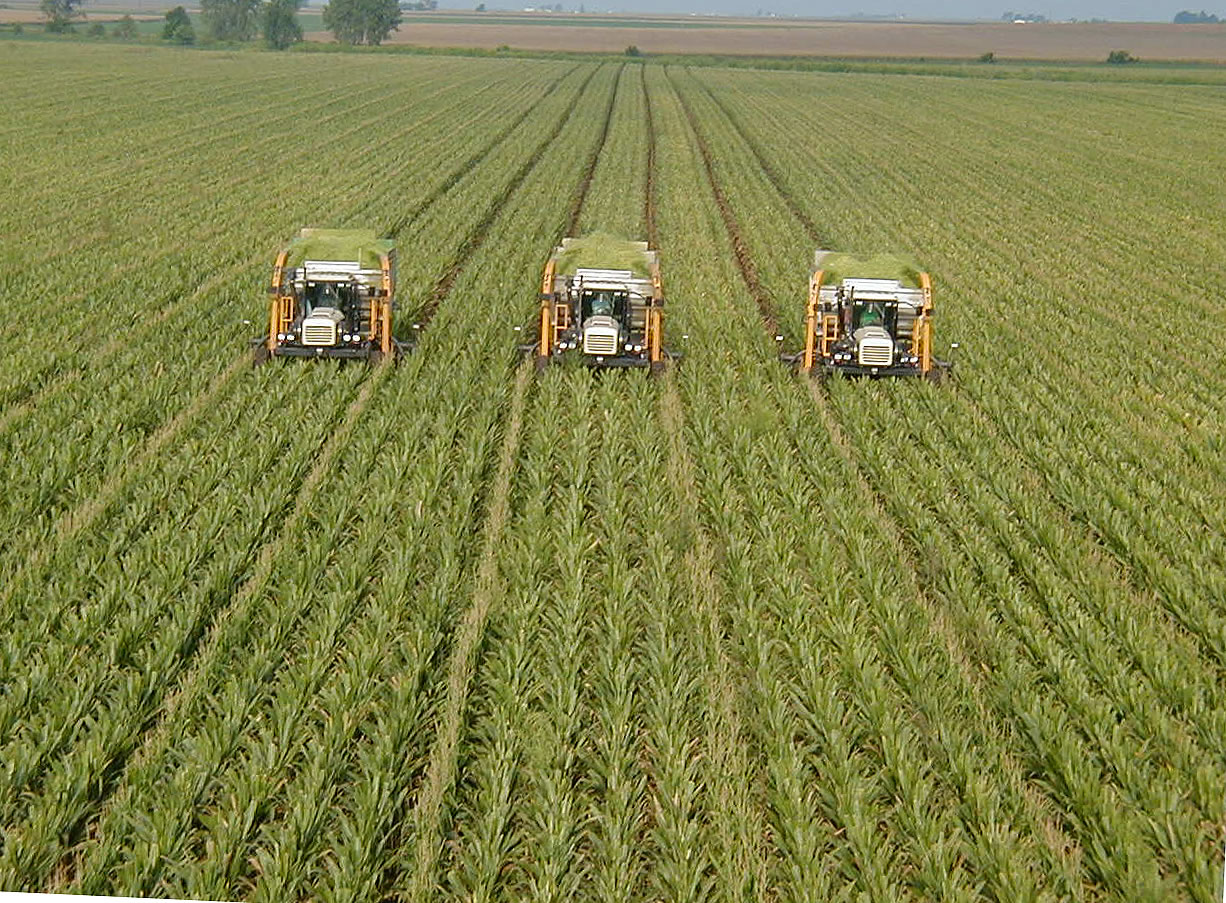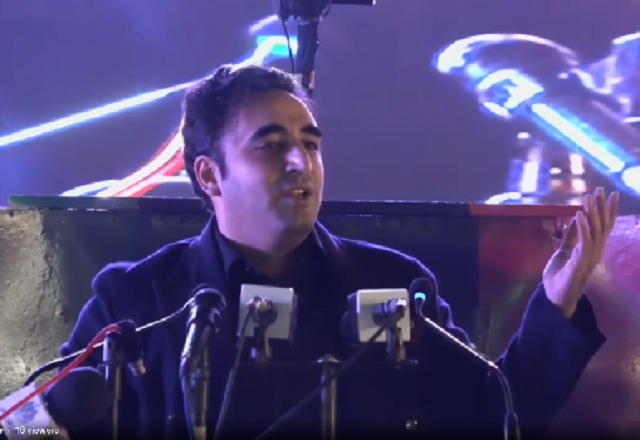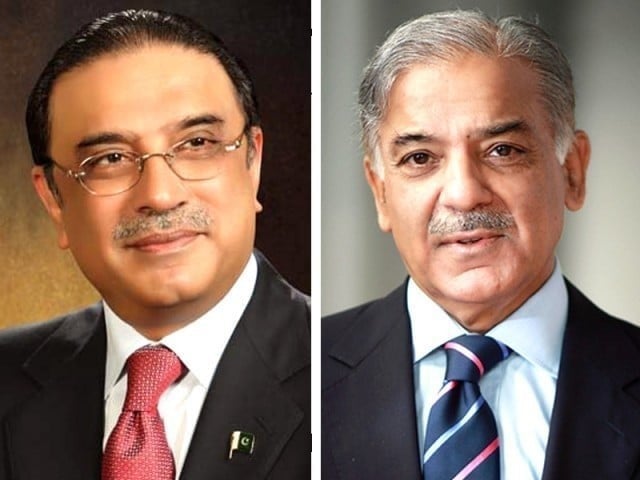Zafar Iqbal, CEO of Republic Policy
The recovery roadmap for the economy of Pakistan is a complex and challenging topic that requires a critical evaluation of various aspects, such as the sources and causes of the economic crisis, the role and impact of the IMF and other international partners, the policies and reforms implemented by the government, and the prospects and risks for future growth and stability. Pakistan has been facing a severe economic crisis since 2019, characterized by a large current account deficit, high external debt, low foreign exchange reserves, low growth, high inflation, and weak fiscal position. Some of the main factors that contributed to this crisis include poor economic management and governance, lack of structural reforms, over-reliance on imports and borrowing, low tax revenue and weak tax administration, inefficient energy sector and circular debt, corruption and mismanagement of public sector enterprises, political instability and security challenges, and adverse external shocks such as the COVID-19 pandemic and political instability.
Pakistan has been seeking financial assistance from the IMF and other international partners to cope with its economic crisis and avoid defaulting on its debt obligations. In 2019, Pakistan entered into a $6 billion Extended Fund Facility (EFF) program with the IMF, which was conditional on implementing various macroeconomic and structural reforms. However, the program faced several delays and difficulties due to Pakistan’s failure to meet the reform targets, as well as disagreements over financing needs, exchange rate policy, import restrictions, and geopolitical factors. In June 2023, Pakistan managed to secure a new $3 billion Stand-By Arrangement (SBA) from the IMF as an emergency measure to restore its foreign exchange reserves and resume the EFF program. Pakistan also received economic support from its Middle East partners, especially Saudi Arabia and the UAE, which provided oil facilities, deferred payments, and deposits in Pakistan’s central bank. China also significantly provided loans, grants, and investment under the China-Pakistan Economic Corridor (CPEC) project.
Pakistan has been trying to implement various policies and reforms to address its economic crisis and meet the IMF’s conditions. Some of these policies and reforms include increasing tax rates and broadening the tax base, reducing subsidies and expenditures, increasing interest rates and tightening monetary policy, devaluing the currency and allowing market-based exchange rate determination, lifting import restrictions and liberalizing trade policy, improving energy sector efficiency and reducing circular debt, restructuring public sector enterprises and enhancing their governance, promoting privatization and public-private partnerships, strengthening social safety nets and poverty alleviation programs.
Please, subscribe to the magazines of republicpolicy.com
Pakistan’s economic outlook remains uncertain and challenging in the short to medium term. On the one hand, there are some positive signs of recovery and stabilization, such as improvement in foreign exchange reserves, current account balance, remittances, exports, industrial production, agricultural output, and consumer confidence. On the other hand, some significant risks and vulnerabilities could derail the recovery process or worsen the situation further. Some of these risks include the resurgence of various diseases or new variants that could affect health outcomes or disrupt economic activity; failure to implement or sustain reforms due to political or social resistance or lack of capacity; deterioration of relations with the IMF or other international partners due to non-compliance or disputes; escalation of regional or domestic security tensions or conflicts; increase in global inflationary pressures or interest rates that could affect borrowing costs or debt sustainability; exposure to natural disasters or climate change impacts that could damage infrastructure or livelihoods.
Lastly, it is critical to have political stability and consistency in policies. Then, it is a multidimensional task, and each dimension of the public life must perform. Consistent structural and progressive economic reforms are required. Accordingly, it is crucial to have free and transparent elections to make a representative and functional government with a political mandate to make decisive and consistent economic decisions.
Pakistan’s recovery roadmap for its economy is a multifaceted and multidimensional endeavor that requires concerted efforts from all stakeholders at national and international levels. Pakistan needs to balance its short-term needs with its long-term goals while addressing its structural challenges. Pakistan also needs to leverage its potential opportunities while mitigating its potential threats. By doing so, Pakistan can hope to achieve a sustainable economic recovery that can benefit its people. However, it requires extraordinary will by all the stakeholders to put Pakistan back on the recovery road.
Please, subscribe to the YouTube channel of republicpolicy.com




































